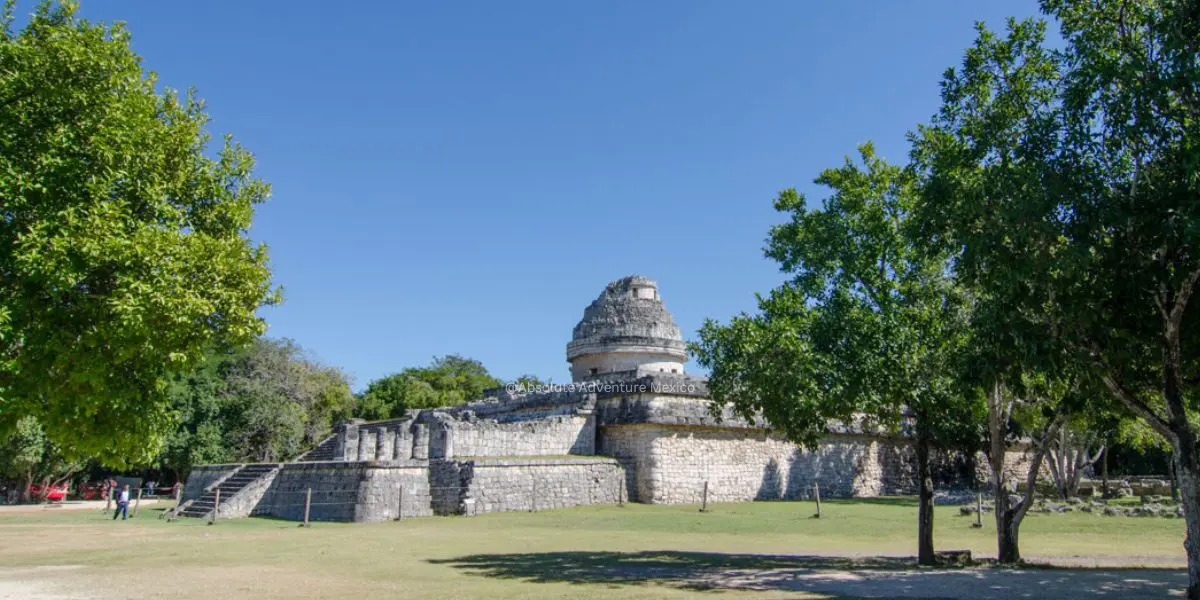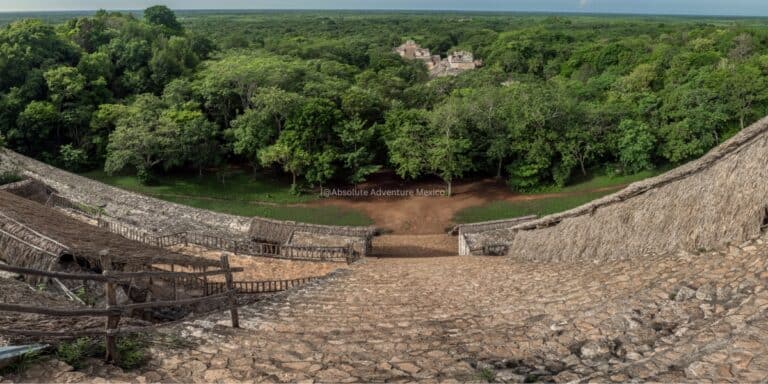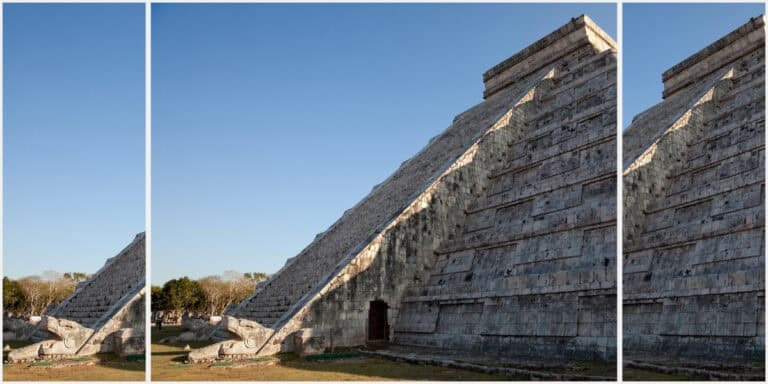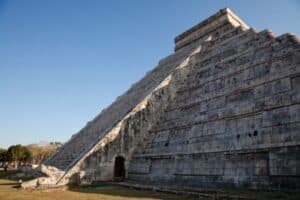Some Crazy Facts about the Mayan Calendar
The most incredibly complex calendar that has ever existed
The calendar was purely made using integer arithmetic – whatever that is! There are as much as 17 different ways of counting the Mayan calendar. Despite the mind-numbing complexities behind it, it is indeed deadly accurate.
Understanding a bit about the Mayan calendar will make your trip with us to the Chichen Itza and/ or the ruins of Tulum, when you talk about the historical significance and aspects of the temples. And in light of this, we decided to share some interesting facts about the calendar, which you are going to love and you won’t have to scratch your head in confusion, trying to understand anything.
The Maya Calendars
The Mayans made their calculations for different calendars based on the cosmos. Did you know that some Mayan calendars date back 10 million years? But the calendars that were deemed relevant and precise include three, the Haab, Tun-Uc and the Tzolk’in. Each of the three calendars have different mathematical calculations and interpretations behind them.
For example, the Haab has only 20 days for each month and a total of 18 months and 365 days, and is based on the cycles of the earth. The Tun-Uc is based on lunar readings and calculations and the Tzolk’in is based on the sacred and divine numbers 13 and 20, crazy right!
The Long Count
One of the most mind-boggling ways to count the Mayan calendar is through using the Long Count. The Long Count is also referred to as the Gregorian Proleptic Calendar, which spread backwards into time before the calendar wholly came into existence. A date calculated using Long Count can be converted to a single digit, which can represent the number of days that have passed.
2012: The End of the World According to the Mayans, A Mysterious Prophecy
Well the world didn’t end as it turned out – quite obviously. The Mayan prophecy of the end of the world was a misinterpretation of their calendar system and cosmological beliefs.
The Mayans developed an intricate calendar system, with the Long Count calendar ending on December 21, 2012. This led to speculations about an impending cataclysm, but the Mayan perspective on the prophecy was vastly different.
They viewed this date as a significant milestone, representing a transition from one era to the next, rather than an apocalypse.
Understanding the Mayan worldview is essential to comprehend their prophecy. They believed in cycles of creation and destruction, envisioning the universe as a perpetual process of birth, death, and rebirth. The end of one cycle marked the beginning of another.
Despite popular misconceptions, the Mayans did not predict the end of the world. They possessed remarkable astronomical knowledge but lacked the ability to foresee specific future cataclysms. Their prophecy was rooted in the desire for reflection, spiritual renewal, and celebration of their rich heritage.
Plenty of Nations at that Time Adopted that Mayan Calendar
Several Mesoamerican tribes, people and nations, more popularly the Aztecs, used the Mayan calendar and tweaked it to their own use. For instance, the calendar was technically not altered, except for the different names given to describe a day of the week and the months in the calendar. But the factor that constituted for the inferiority of Aztec calendars, which were purely based on the Mayan calendars, was that the Aztecs replaced the complex number system of the Mayans with way more primitive number systems. This resulted in several discrepancies in their calendar system, especially when it came to recording different dates.
Our tours in Chichen Itza and Tulum will give a more thorough experience of this once great and proud civilization. You will be amazed to witness the opening of various sacred temples, as well as intricately built Chichen equinoxes with the shade enveloping various mystifying snake sculptures. Plus, you will also experience a breathtaking display of various Solstice events in Tulum and watch an exhilarating display of light passing through some of the main temples in Tulum.
Leave a Reply
You must be logged in to post a comment.










